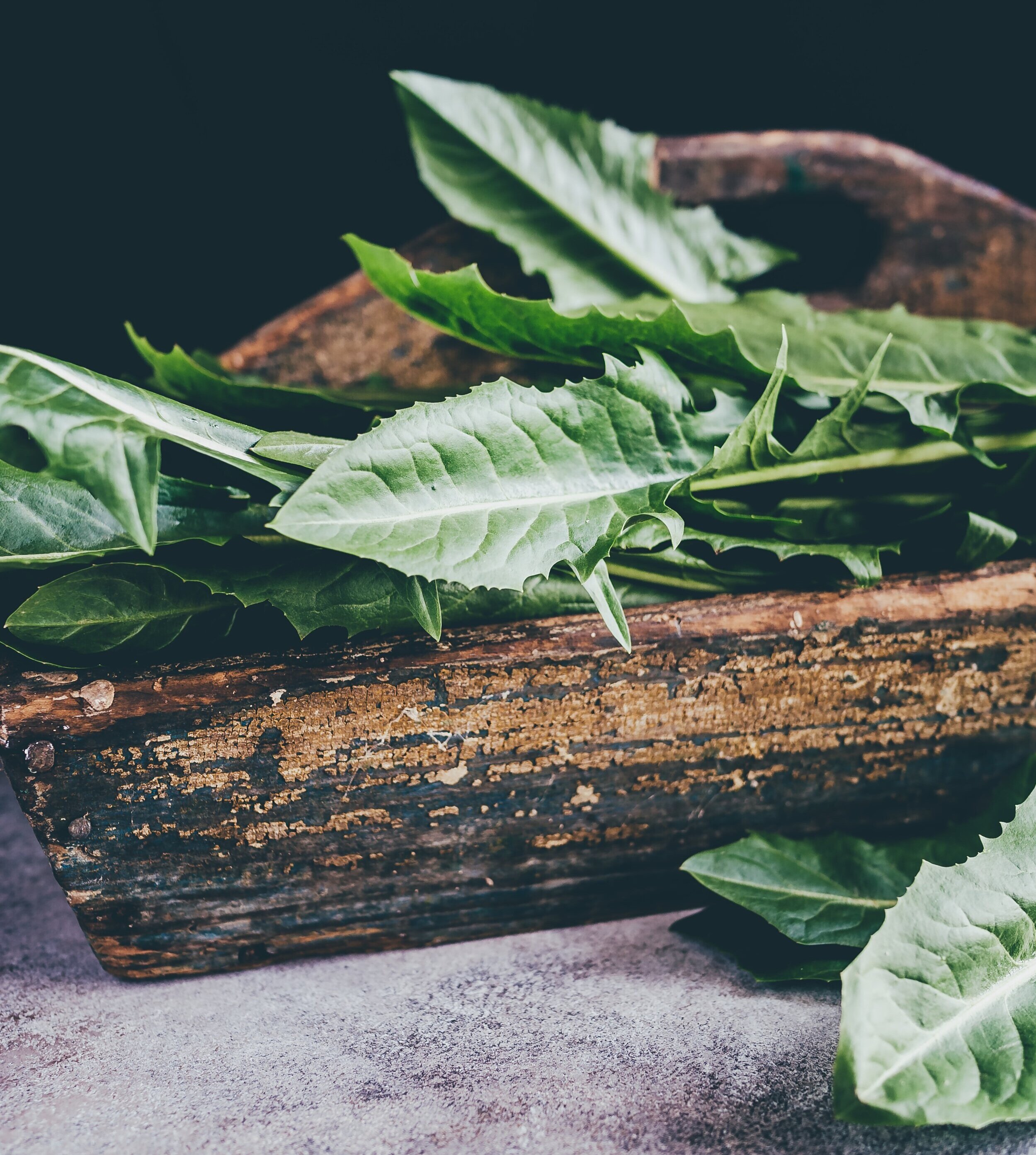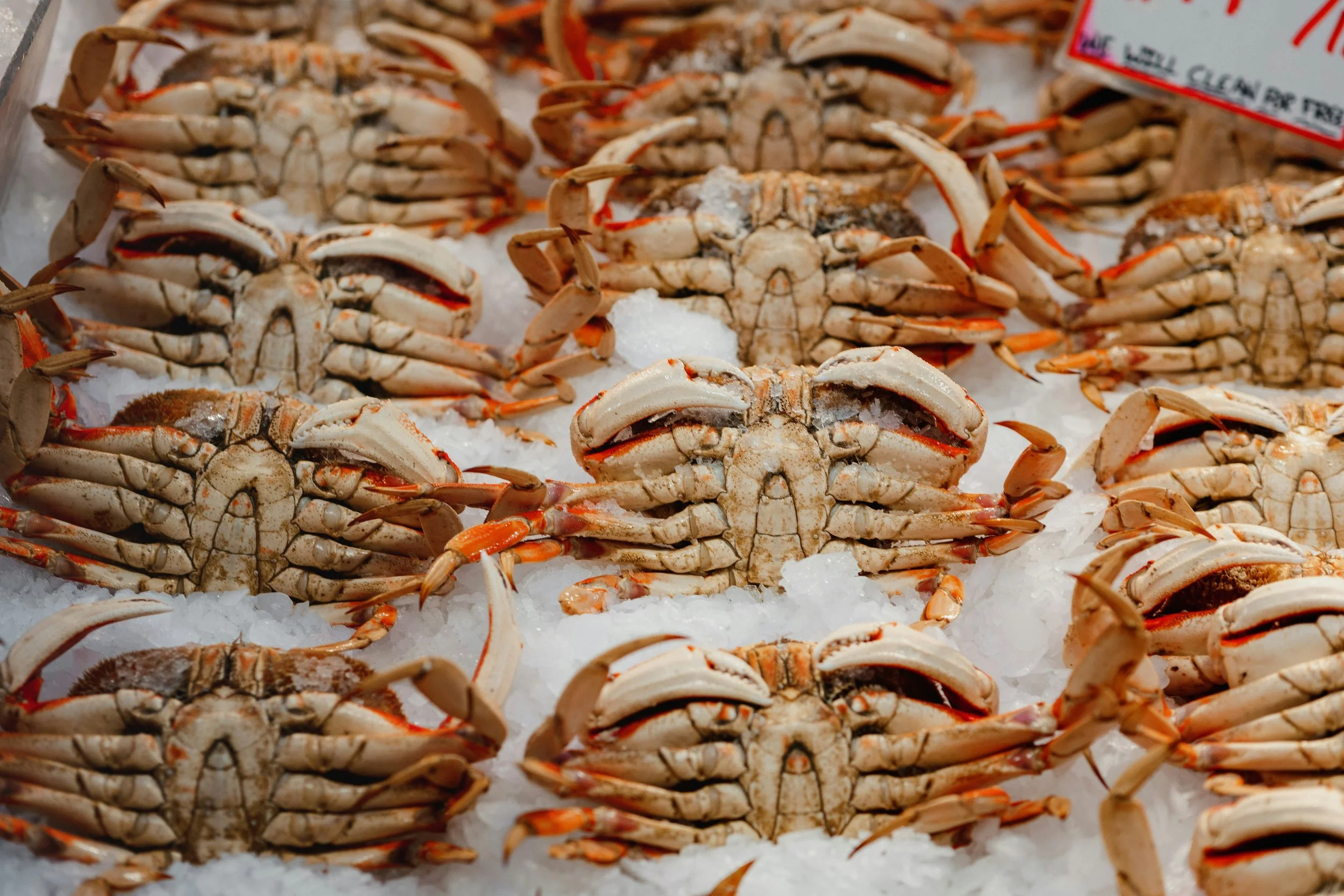5 Spring Plants to Forage Now.
BY NATASHA LLOYD
This article was written in March, which may help with seasonality of foraging the below.Natasha Lloyd is a Medical Herbalist, the house forager for The Fife Arms, Braemar and a regular contributor to Some Good Ideas.
Alongside her friend and colleague, Rachel Simmons, Natasha has recently founded a herbal and foraging online course which you can find through her website, gatheringnature.com.
This year I have been looking forward to spring more than ever. It’s been a long hard winter and the pandemic has turned our world upside down, with no way to gauge what will come next. But the arrival of spring is a constant, something we can -thankfully- rely on.
The first spring plants to emerge are perfect for reawakening our bodies and minds from a long winter slump, removing toxins, while cleansing and refreshing. Spending time outdoors and foraging for plants is a wonderful act of self-care, even before the benefits of the plant nutrients themselves, foraging helps our minds as we focus on the present.
1. Dandelion
Dandelion leaves start to appear very early and this is the stage they are at their best. They are a mild diuretic, gently moving any excess water out of our bodies. The slight bitterness in the leaves stimulates the vagus nerve, which helps improve and increase digestion. They are a wonderful addition to a salad and to a pesto.
By Walther Otto Müller
2. Nettles
Nettles contain a long list of nutrients, providing a necessary boost after winter. Cooked in a similar way to spinach, nettles are delicious in soups or perhaps make a lemon and nettle cake, which is a beautifully vibrant green.
3. Cleavers
Cleavers or ‘sticky willy’ or ‘goosegrass’ has a rough stem that sticks easily to many fabrics. It is a diuretic, so has cleansing properties and will stimulate digestion. The young leaves are delicious and taste of pea pods. The whole young plant can be juiced and either drunk as it is or added to smoothies or soups.
4. Birch sap
Birch sap has a very slightly sweet flavour and viscous texture, due to the amount of xylitol it contains. We can benefit from the same nutrients that help the silver birch awaken after winter, by taking small portions of birch sap for ourselves. Traditionally it was used to help relieve mild joint issues that may have built up over the inactive colder months. The sap only rises for a few weeks in early spring then the leaves start to appear.
5. Ground elder
Ground elder or ‘goutweed’ or ‘bishops weed’ along with dandelion, this is one of the first leaves of spring and a welcome addition. It has a parsley/celery flavour that is a great addition to most dishes. Brought to Britain by the Romans as a food and medicine, its’ medicinal properties are as the name suggests: good for gout. It helps remove uric acid build up in the joints. The young waxy leaves are best. Don’t eat after the plant flowers.
By Otto Wilhelm Thomé
I hope this has inspired you to seek these good spring plants. Use them to help you awaken from a winter slumber and ready your body and mind back for the brighter and longer days to come.
Please do not pick anything you’re not 100% certain of. It is best to note the environment it is in, then remove a small piece to fully identify at home, then once you are certain of its identification, go back and harvest no more than you require and not any more than one-third of the patch.






